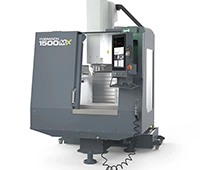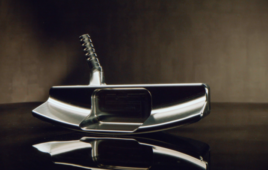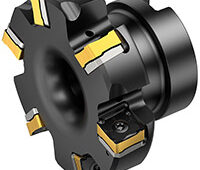Both spool valves or seated valves can fulfill typical 2/2, 3/2, 4/2 and 4-way 3 position functions of directional valves, but the seated valve has significant advantages. When using spool valves, pumps are required to continually charge a hydraulic system. Zero leak-seated valves eliminate the need for pumps. This valve is also more tolerant of contamination in the system because of its design and constant flushing.

The seated valve offers energy-saving intermittent service, and reduces the required volume of oil. Once the clamping pressure has been reached, the valve ensures that it is safely maintained. The pump itself switches off or goes into circulation mode until the next clamping sequence, and the power units cool the system down.
Different types are available, including 2/2, 3/2, 4/2, and 4/3 seated valves with NG6 or D03 standardized connection diagram. The maximum operation pressure is 5800 psi, and the maximum flow is 5.28 gpm. The available actuators are solenoid, hydraulic, pneumatic, or manual, as well as an ATEX solenoid version for hazardous environments.
The NBVP 16 seated valves are designed for clamping functions in machine tools, machining centers, and energy efficient systems.
HAWE Hydraulics
www.hawehydraulics.com
::Design World::
Filed Under: Machine tools + subtractive manufacturing, Valves





Tell Us What You Think!